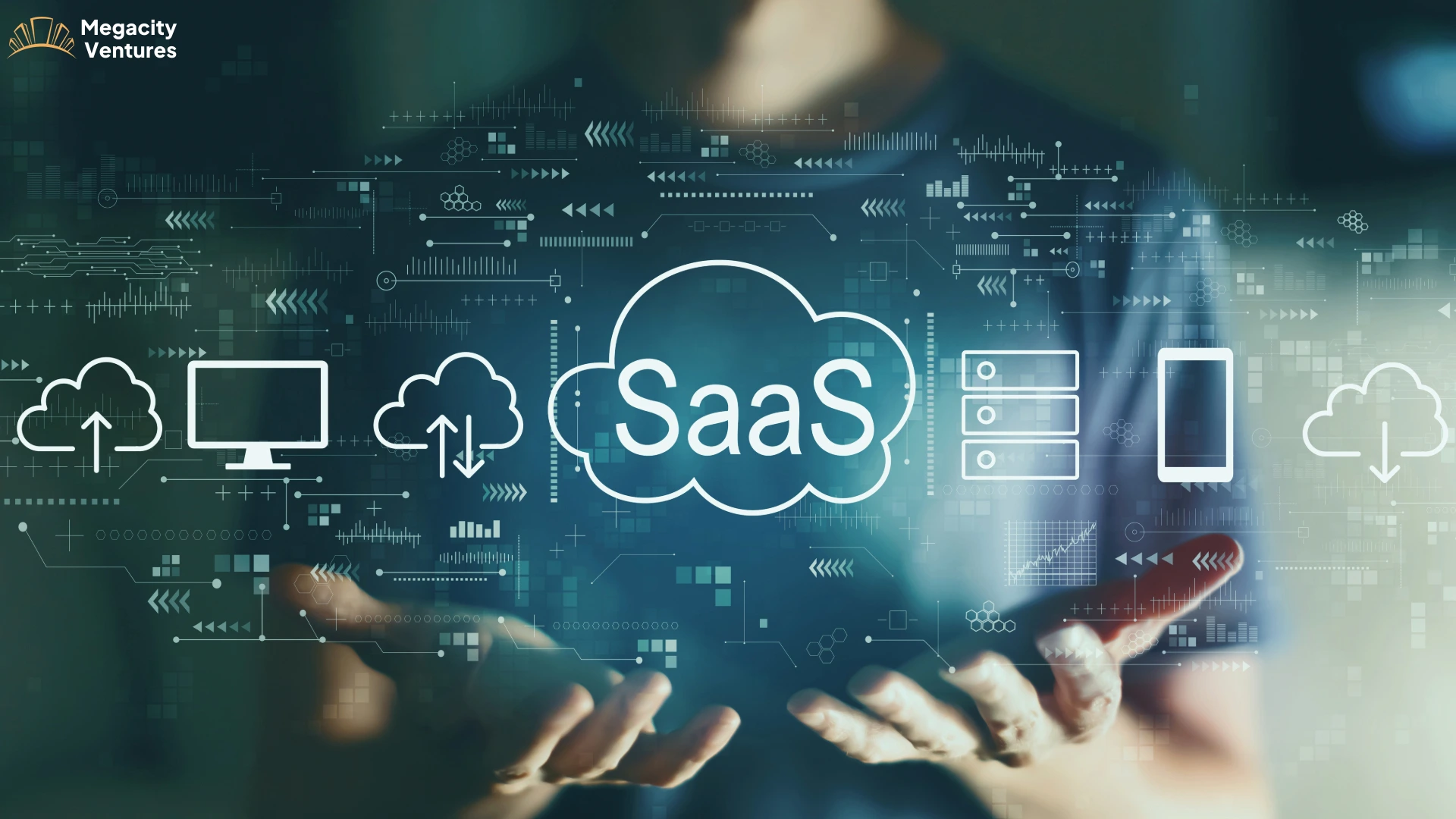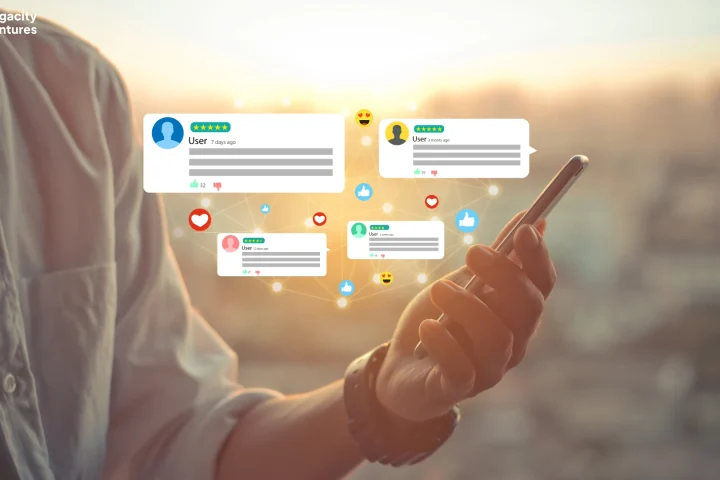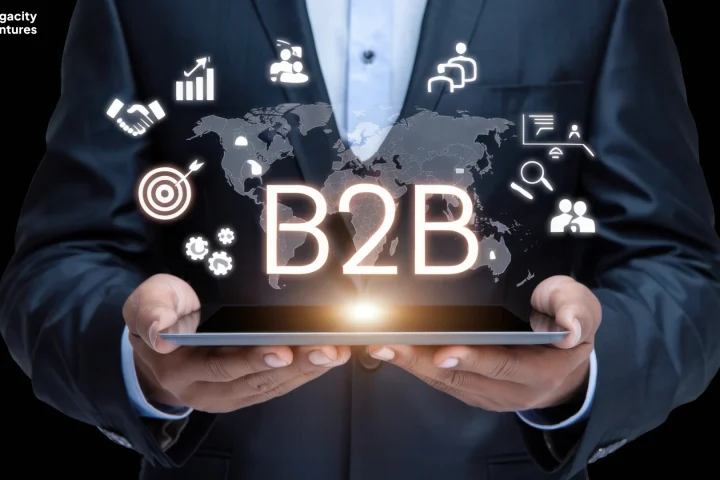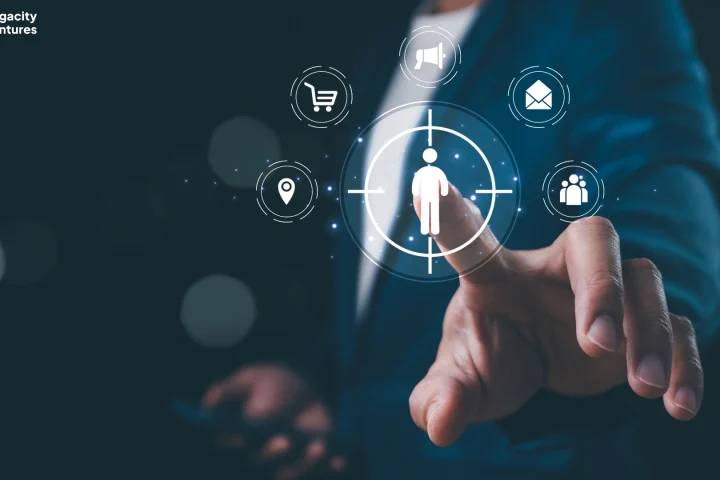Leveraging Product-Led Growth for Service-Based Businesses: Lessons from SaaS Giants
Product-led growth (PLG) has revolutionized the way software-as-a-service (SaaS) companies acquire and retain customers. Instead of relying solely on sales and marketing, PLG puts the product itself at the forefront of the customer acquisition process. While traditionally associated with SaaS, the principles of PLG can be incredibly powerful for service-based businesses too. This post explores how service businesses can learn from SaaS giants and implement PLG strategies to drive sustainable growth.
The core idea behind PLG is simple: let the product do the talking. Instead of lengthy sales pitches and complex demos, potential customers experience the value of the product firsthand. This approach leads to higher conversion rates, reduced customer acquisition costs (CAC), and increased customer lifetime value (CLTV). For SaaS companies, this often translates to free trials, freemium models, and self-service onboarding. But how can a service-based business, where the "product" is often intangible expertise, apply these principles?
Adapting PLG Principles for Service Businesses:
The key for service businesses is to identify and package their expertise in a way that can be experienced by potential clients before a full-blown engagement. This might seem challenging, but it's entirely possible with a bit of creative thinking. Here are some strategies:
Offer Valuable Free Content: Just like SaaS companies offer free trials, service businesses can provide valuable content that showcases their expertise. This could include blog posts, white papers, webinars, free consultations, or even short, actionable guides related to their service area. This content acts as a "try-before-you-buy," allowing potential clients to experience the quality of your thinking and the value you bring. For example, a marketing agency could offer a free social media audit, while a consulting firm could provide a free template for strategic planning.
Develop "Micro-Products": Think of these as smaller, self-contained service offerings that address a specific pain point. They are designed to be easily consumed and demonstrate the value of your larger services. A design agency could offer a logo design package, while a financial advisor could offer a one-time financial health check. These micro-products provide a tangible experience of your services and can act as a gateway to larger, more complex engagements.
Create Interactive Tools and Assessments: Interactive tools and assessments can be a powerful way to engage potential clients and demonstrate your expertise. A business coach could offer a free leadership assessment, while a web development agency could provide a website speed test. These tools provide immediate value and offer insights that position your services as the solution.
Build a Strong Online Presence: In the digital age, your online presence is your storefront. A well-designed website, active social media profiles, and engaging content are crucial for attracting potential clients. Showcase your expertise through case studies, testimonials, and client success stories. Make it easy for potential clients to understand your services and contact you.
Focus on Customer Success: PLG is not just about acquiring customers; it's also about retaining them. Provide exceptional service and build strong relationships with your clients. Happy clients are your best advocates and will generate referrals, further fueling your growth. This could involve proactive communication, personalized service, and regular check-ins.
Embrace Transparency and Education: Be transparent about your pricing, processes, and methodologies. Educate your potential clients about the value you provide and how you can help them achieve their goals. The more informed your clients are, the more likely they are to choose your services.
Lessons from SaaS Giants:
SaaS companies like HubSpot, Slack, and Dropbox have successfully implemented PLG strategies. Here are some key lessons service businesses can learn from them:
Focus on User Experience: SaaS companies prioritize user experience above all else. Service businesses should do the same. Make it easy for potential clients to understand your services and engage with you.
Iterate and Improve: SaaS companies are constantly iterating and improving their products based on user feedback. Service businesses should adopt a similar approach. Continuously evaluate your offerings and make adjustments based on client feedback and market trends.
Measure and Analyze: SaaS companies track key metrics to measure the effectiveness of their PLG strategies. Service businesses should also track relevant metrics, such as website traffic, lead generation, conversion rates, and customer satisfaction. This data will help you identify areas for improvement and optimize your PLG strategy.
The Benefits of PLG for Service Businesses:
By implementing PLG strategies, service businesses can reap numerous benefits, including:
Reduced Customer Acquisition Costs: By leveraging content and self-service options, service businesses can reduce their reliance on expensive sales and marketing campaigns.
Increased Conversion Rates: Allowing potential clients to experience your expertise firsthand leads to higher conversion rates.
Improved Customer Lifetime Value: Happy clients are more likely to stay with you for the long term, increasing their lifetime value.
Scalable Growth: PLG can help service businesses scale their operations more efficiently by automating parts of the sales and onboarding process.
Stronger Brand Reputation: Providing valuable content and exceptional service builds a strong brand reputation and positions you as a trusted expert in your field.
In conclusion, while the application of PLG might look different for service-based businesses compared to SaaS companies, the underlying principles remain the same. By focusing on providing value, showcasing expertise, and prioritizing customer experience, service businesses can leverage PLG to drive sustainable growth and achieve long-term success. It requires a shift in mindset, but the potential rewards are significant.
Citations:
Top 10 SaaS GTM Strategies for MRR Growth in 2025 | 310 Creative









